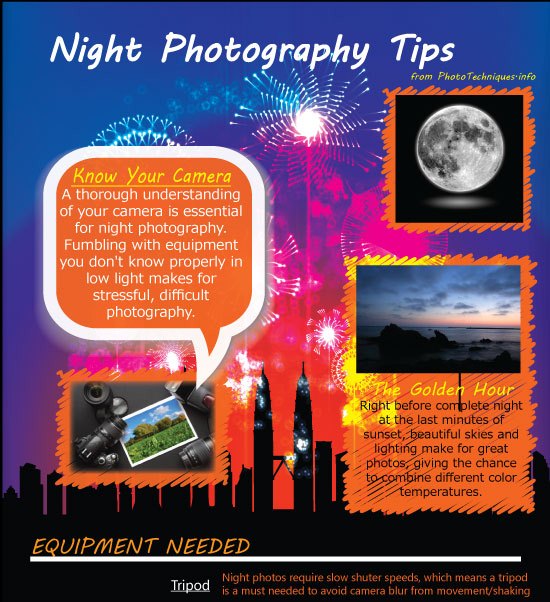Professional Photographers Typically Ignore Essential Basics That Can Hinder Their Development; Find Important Ideas To Boost Your Abilities And Prevent Typical Risks
Professional Photographers Typically Ignore Essential Basics That Can Hinder Their Development; Find Important Ideas To Boost Your Abilities And Prevent Typical Risks
Blog Article
Writer-Acosta McFadden
As a brand-new professional photographer, it's easy to get caught up in the allure of high-end gear and ignore the fundamentals that absolutely raise your craft. source website might find yourself annoyed when your photos don't show the vision you desired. Typical bad moves, like neglecting illumination basics or overlooking make-up concepts, can hold you back more than you realize. But understanding these mistakes can transform your strategy. Let's explore these mistakes and just how you can avoid them to improve your photography trip.
Disregarding Lights Principles
Ignoring lights basics is just one of the most significant errors new digital photographers make. You could believe that capturing an excellent picture is everything about your video camera settings or the current equipment, but the reality is, lights is essential. Proper lights can boost your images from ordinary to stunning, and understanding it can save you from countless missed out on opportunities.
First, take note of all-natural light. The gold hours-- quickly after sunrise and before sundown-- supply soft, complementary light that improves your subject. Stay clear of severe noontime sunlight, which can cast uncomplimentary shadows. If you're shooting inside your home, place your subject near home windows to make the most of diffused light.
Next off, learn to control synthetic lighting. Trying out various sources, like lights or exterior flash. Use reflectors to bounce light back onto your subject for a softer effect. Do not neglect that shadows can add depth; welcome them as opposed to hesitating.
Ultimately, practice readjusting your cam setups according to the lights conditions. Understand just how Executive portrait photographer , aperture, and ISO collaborate to accomplish the wanted direct exposure.
Overemphasizing Tools
Lots of brand-new professional photographers fall under the trap of believing that having the most up to date and best equipment will immediately enhance their digital photography. While it's appealing to believe that a higher-end electronic camera or an elegant lens will certainly elevate your job, the reality is that it's not just about the equipment you utilize.
Your skills, creativity, and understanding of digital photography play a much larger role in producing stunning photos. Buying first-class gear can be helpful, however it shouldn't be your primary focus. Instead, concentrate on mastering the basics-- light, make-up, and narration.
You can take breathtaking photos with a basic cam if you understand exactly how to use it efficiently. Often, it's the digital photographer's vision, not the equipment, that makes the difference.
Moreover, exaggerating devices can result in disappointment and exhaustion. You could find yourself constantly chasing the following piece of gear rather than refining your craft.
Neglecting Structure Principles
When you grab your electronic camera, it's simple to focus only on the topic, however neglecting structure concepts can lead to uninspired images. Structure is the backbone of digital photography; it guides the visitor's eye and develops an aesthetic narrative. If you ignore it, your sensational subject might obtain shed in a messy framework.
Beginning by applying the regulation of thirds. Picture your frame split into nine equivalent parts by 2 horizontal and 2 vertical lines. Placement crucial elements along these lines or at their crossways for a well balanced and appealing shot.
Furthermore, consider leading lines. Use natural lines in your scene to attract the audience's eye toward the topic.
Don't ignore framework. Usage bordering components to produce a "structure within a structure." This technique can include depth and focus to your subject.
Lastly, focus on negative room. Often, much less is a lot more. Permitting empty space can boost your centerpiece and create a more effective photo.
Final thought
Finally, by avoiding these usual challenges, you can elevate your digital photography abilities considerably. Focus on mastering illumination, structure, and exposure as opposed to getting lost in expensive equipment. Do not take too lightly the power of post-processing, either-- it can genuinely change your pictures. Remember to choose the right time of day for capturing, as illumination plays an important role in your results. Welcome these tips, and view your digital photography thrive!
